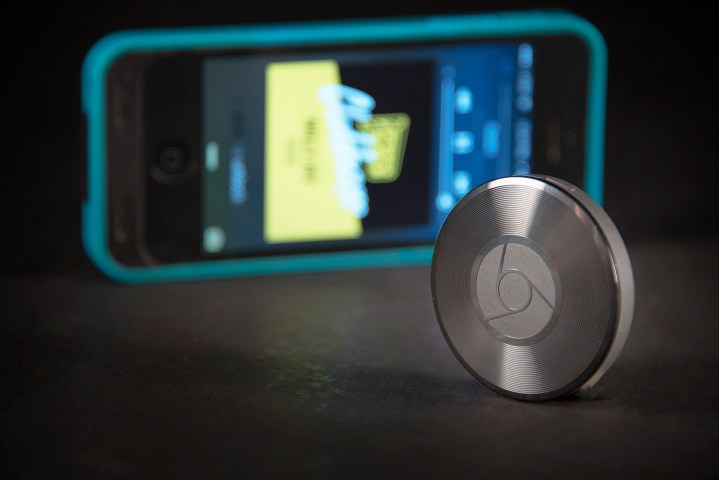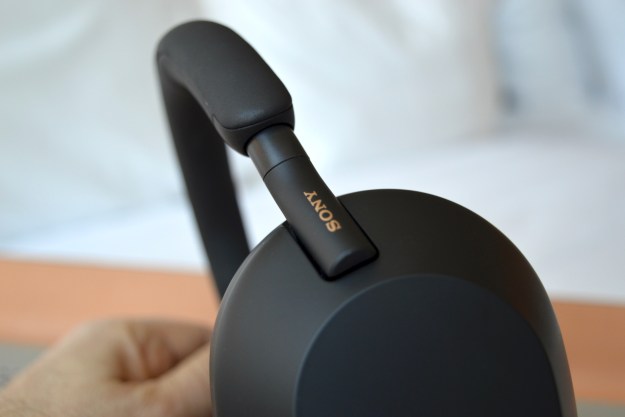
Chromecast Audio will now have the ability to stream higher-than-CD-quality 96KHz/24bit lossless audio, and — more importantly for the average user — Google has also added multiroom support to the device. This means that users with multiple Chromecast Audio devices can now stream to control multiple groups of speakers at once, or independently, all using the same intuitive Chromecast app.
Released this September, the Chromecast Audio is a $35 audio-only version of the TV-based Chromecast. The USB-powered device plugs into speakers via an included 3.5mm audio jack, or into a digital or RCA input on your hi-fi and via self-purchased adapters. The device works with the newly-renovated Chromecast app — the same simple app used for the video version. That means it supports a pile of streaming services, including Spotify, Tune-in, Rdio, Google Play, and dozens of other apps in the Chromecast family.
However, unlike Sonos speakers, the device does not support audio from Apple Music, and it also doesn’t work from desktop computer-based apps.
While our initial review of the Chromecast Audio highlighted its low cost, ease of use, and stutter-free audio, the fact that there were so many other competing multiroom speaker options made it the Chromecast less of a standout. It was a solution without a problem.
But with this newly-added functionality, the little puck raises its own game, with multiroom support in particular giving users who want to go wireless throughout their home a compelling — and cost-effective — option.
It’s now tough to beat Chromecast’s functionality and ease of use for the price. The updated Chromecast Audio will appeal especially to listeners who already own stereo equipment in multiple rooms of their home — the sort of people who don’t want to shell out $200+ for a Sonos speaker for each room in the house. If you’ve got a few stereo systems or powered speakers lying around, this little device can give you serious audio omnipotence, for just $35 a room.
With just a small update, the Chromecast Audio is now an affordable music streaming option well worth considering to help you bring your 20th century home squarely into the next century.
Editors' Recommendations
- Next-gen wireless headphones will get lossless hi-res audio with a little help from Qualcomm
- Samsung’s Music Frame makes audio look as good as it sounds
- Spotify adds subscribers, still hasn’t added high-res audio
- Bose revamps QuietComfort headphones and earbuds with lossless, hi-res, and spatial audio
- Tidal will finally let you see which hi-res tracks are FLAC versus MQA



